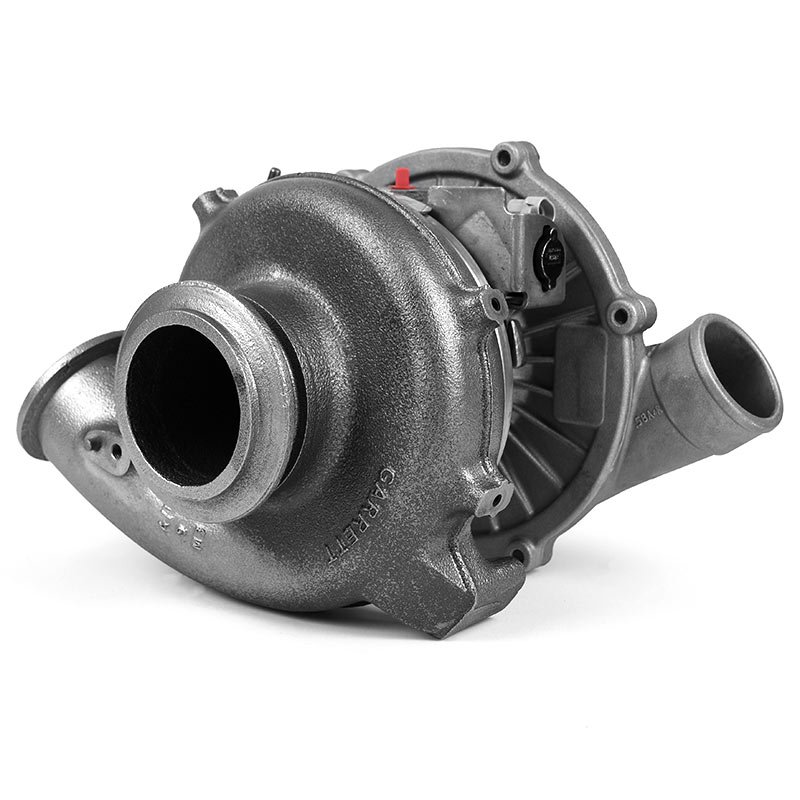Components of a Turbocharger System: A Comprehensive Overview

A turbocharger system is a key component in modern engines that enhances performance and efficiency. It consists of various interconnected components designed to optimize the engine’s power output. In this article, we will explore the essential elements of a turbocharger system, including the turbine, compressor, wastegate, intercooler, and actuator.
Turbine
The turbine is the heart of the turbocharger system. It is driven by the exhaust gases produced during the combustion process. As the hot exhaust gases pass through the turbine housing, they spin the turbine wheel, which is connected to the compressor wheel by a common shaft.
Compressor
The compressor is responsible for increasing the density of the intake air before it enters the engine’s cylinders. As the turbine wheel spins, it rotates the compressor wheel, which draws in ambient air and compresses it. This compressed air is then directed into the engine’s intake manifold, resulting in a higher air-to-fuel ratio and improved combustion efficiency.
Wastegate
The wastegate is a critical component that regulates the boost pressure produced by the turbocharger. It consists of a valve that diverts a portion of the exhaust gases away from the turbine wheel, limiting its speed and preventing overboost. The wastegate ensures that the turbocharger operates within safe limits and protects the engine from potential damage.
Intercooler
An intercooler is an essential part of a turbocharged system, especially in high-performance applications. It cools down the compressed air before it enters the engine’s intake manifold. By reducing the temperature of the intake air, the intercooler increases its density, resulting in a higher oxygen content. This denser air allows for more efficient combustion, improving overall engine performance.
Actuator
The actuator is a mechanism that controls the operation of the wastegate. It uses a diaphragm or a spring-loaded mechanism to open or close the wastegate valve, depending on the desired boost pressure. The actuator ensures that the wastegate responds promptly to changes in engine load and maintains the optimal boost pressure throughout the engine’s operating range.
Oil and Coolant Lines
A turbocharger system requires a reliable supply of oil and coolant for lubrication and cooling purposes. Oil lines deliver lubricating oil to the turbocharger’s bearings, ensuring smooth operation and preventing excessive heat buildup. Coolant lines, on the other hand, help dissipate the heat generated by the turbocharger, maintaining its optimal operating temperature.
Exhaust Manifold
The exhaust manifold collects the exhaust gases from the engine’s cylinders and directs them towards the turbine housing. It is designed to withstand high temperatures and pressures while efficiently channeling the exhaust gases to drive the turbine wheel.
Boost Control System
A turbocharger system often incorporates a boost control system to precisely regulate the amount of boost pressure generated by the turbocharger. This system utilizes various sensors, such as manifold pressure sensors and throttle position sensors, to monitor engine conditions and adjust the wastegate accordingly. The boost control system ensures optimal engine performance under different operating conditions.
In conclusion, a turbocharger system consists of several interconnected components that work together to enhance engine performance and efficiency. The turbine, compressor, wastegate, intercooler, actuator, oil and coolant lines, exhaust manifold, and boost control system form a complex network that optimizes the engine’s power output. Understanding these components is crucial for maintaining and maximizing the benefits of a turbocharged engine.
